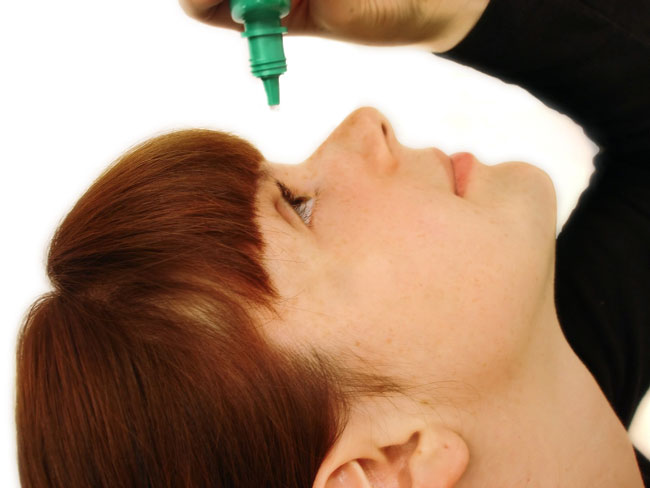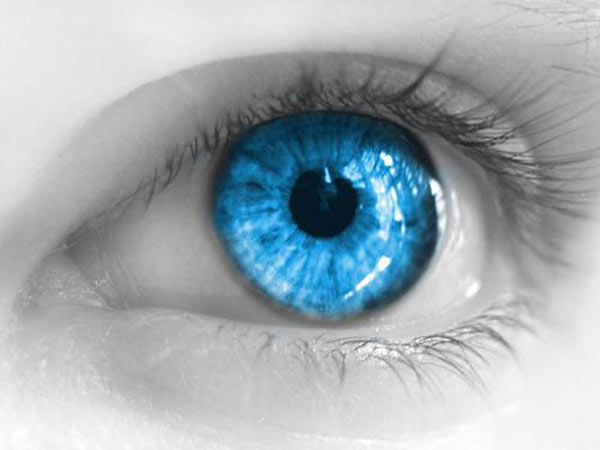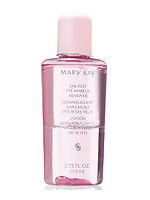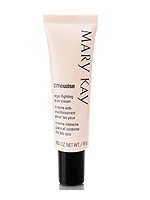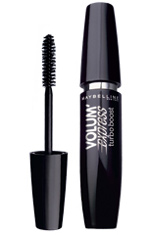Glasses or contact lenses: what to choose?
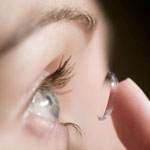
Nowadays, people suffering from myopia or hyperopia, have the opportunity to adjust their vision with the help of glasses or contact lenses. Which of these ways of correction is better? What is more effective: glasses or contact lenses? Together with the Country Councils, we will try to find answers to these questions.
In the human eye, the image of objectsfocuses on the retina with the lens - a biological biconvex lens. The lens can contract and expand, changing its curvature, so that we see equally good and close and distant objects. This property of the lens is called accommodation.
For the accommodation of the lens meet special eye muscles - ciliary muscle. In cases of abnormalities in the work of these muscles, short-sightedness or hyperopia usually occurs.
Myopia, called in the official medicine myopia, is a visual defect in which the imagein the distance, perceived by the eye, is formed not in the retina of the eye, but in front of it. As a result, a person suffering from myopia, sees well near, but does not see well in the distance - the outlines of objects seem to him vague, indistinct.
Myopia can develop due toweakening of the ciliary muscles - they can not sufficiently compress the lens to properly focus the image. Often you can see how short-sighted people screw up their eyes, looking afar - so they try to compensate for the missing tension of these muscles and "sharpen".
Myopia can be both congenital and acquired. With congenital myopia, vision problemsare caused either by an elongated shape of the eye (axial myopia), or by features of the structure of the lens (refractive myopia). Acquired myopia develops as a result of weakening of the eye muscles.
Hyperopia - hypermetropia Is a violation of the refraction of vision, in whichthe image of objects in the distance is focused behind the retina of the eye. Hyperopia can be caused by a reduced size of the eyeball on the anteroposterior axis or by a decrease in the ability of the lens to change the curvature (age-long farsightedness).
Contrary to popular belief long-sighted person most often sees badly and in the distance, and near. Well see in the distance people with agehyperopia, presbyopia, because the lens is always in a relaxed state. When doing work near (reading, writing), long-sighted people often experience headaches.
The violation of uniform curvature of the lens leads to another violation of the refraction of the eye - astigmatism. With astigmatism, light rays can not beare focused at one point, as a result of which a person sees objects as fuzzy, "double". Often, astigmatism develops at an early age and is accompanied by myopia or hyperopia. Congenital astigmatism up to 0.5 diopters does not bring discomfort and does not require correction.
Correction of nearsightedness, farsightedness and astigmatism is carried out with the help of glasses, contact lenses, surgical or laser correction. Glasses and contact lenses - the mostcommon and accessible ways. To correct farsightedness, we need spherical collective lenses (convex, "+"), myopia - spherical scattering (biconcave, ""). Correction of astigmatism requires cylindrical lenses.
Optical power of glasses and contact lenses is selected in accordance with the degree of development of myopia or hyperopia:
- weak - up to 3 diopters (dptr);
- average - from 3 to 6 diopters;
- strong - more than 6 diopters.
And glasses and contact lenses have their pros and cons. So, spectacle correction has several advantages. First, it's cheap - buying glasses once,you can permanently forget about re-purchasing. Secondly, modern glasses frames not only do not spoil the appearance, but, on the contrary, decorate it, being a stylish accessory. And, finally, third, to remove and wear glasses is much more convenient than the lens.
However, glasses have many significant drawbacks. They fog up in the cold, scratching, oftenthey slide from the nose. Glasses with glass lenses are very traumatic - if they break glass shards fall into the eyes. In addition, glasses violate the stereoscopic effect and spatial perception (in "short-sighted" glasses objects seem farther than in fact, in the "farsighted" - closer), limit lateral vision. Glasses do not give 100% correction of vision, and increasing the optical power of eyeglasses can lead to eye strain.
Contact lenses, in turn, are completely deprived of all the above disadvantages. So, due to the fact that the lens "sits" directly on the surface of the eyeball, the "effect" of the correction is higher and a lens of lesser optical power is needed in comparison with the spectacle lens.
When using contact lenses is not impairedlateral vision and stereoscopic effect, there is no distortion of spatial perception. Lenses can not be smashed, they do not fog up and, contrary to the popular among the "glasses" opinion, do not fall out of sight. In contact lenses it is convenient to do sports and even swimming, provided that the head does not sink into the water.
The disadvantages of contact lenses include the need for their frequent replacement and scrupulous care of them. Contact lenses for prolonged usecovered with protein deposits, micro-scrapes and microcracks, therefore, lose their effectiveness. In addition, in some cases, there is an individual lens intolerance and then in this case, contact correction is impossible.
Keep the lens in a special solution, andLenses intended to be worn for 3 or more months should be regularly cleaned with special means. Wear and remove contact lenses only with clean hands to avoid infection. Sleep in contact lenses can not, you can not also rub eyes - this can lead to irritation of the mucosa.
People who use contact lenses often complain of dry eyes. Discomfort arises from the fact that the lens, while in the eye, prevents the natural wetting of the eye with tear fluid. Special eye drops help maintain the necessary level of moisturizing.
Women who wear contact lenses should be especially careful in choosing cosmetics - it is best to use a special line for contact lenses. It should be remembered that in the morning you need to apply makeup after putting on contact lenses, and in the evening to remove - before removing the lenses.
What to choose glasses or contact lenses, as a rule, everyone decides for himself. However, in some cases only contact correction can bring the required result.
In particular, contact lenses must be worn for people with a large difference in the optical power of the lenses for each eye When using glasses, the difference should beto make no more than 3 diopters. Otherwise, anisometropic amblyopia may develop - a "lazy" eye syndrome. Contact lenses make it possible to achieve a uniform load on the eyes, even with a large difference in the optical power of the eyes.

